Ruby Slippers Oakleaf Hydrangea
$49.50 Original price was: $49.50.$34.65Current price is: $34.65.
- Free Shipping over $25
- Fast & reliable delivery options
- Enjoy top quality items for less
- Multiple safe payment methods

Adding small shrubs to your garden is a great way to build up visual interest, and create a pleasing transition from your low ground-growing plants up to your taller trees. They can also serve as a focal point that you want to be the highlight of your outdoor space. Mature gardens rarely have enough space to accommodate larger varieties of hydrangea, though, but choosing a dwarf variety like Ruby Slippers fits a whole host of needs for gardeners.
The Ruby Slippers Hydrangea can replace plants that have died out and left a barren space, or fill in a spot that other foliage didn’t cover as it matured. In newly landscaped spaces or ones currently in the design phase, inclusion of the smaller variations of hydrangeas will add the bursts of color your garden will need while other plants and trees come to maturity. The transition of a new garden to a mature one can be both beautiful and interesting to watch over the months.
Hydrangea quercifolia ‘Ruby Slippers’ was developed by one of the most prestigious hydrangea hybridizers, Sandra Reed of the U.S. National Arboretum, and is one of the few hydrangea plants native to the United States that can be found along rivers and streams from Florida up to Georgia. It was not introduced for sale until 2010.
Growing Ruby Slippers Hydrangeas
At maturity, Ruby Slippers can reach 4 feet with up to a 5 foot spread. It forms in a near perfect dome shape with panicles full of flowers that first appear white in the spring. These panicles can reach up to nine inches in length and has a wider base that narrows towards the tip, forming a conical shape. As summer approaches the blossoms quickly turn to a light pink color, and then eventually to the dark rose color the plant is named for. The panicles form upright among the shrub’s dark green foliage. The display of color doesn’t stop here though!
The foliage, which is similar in appearance to oak leaves, also undergoes changes into the fall when it turns to a vibrant mahogany red color. This shrub’s leaves are very distinctive, with deep lobes and a slightly coarse texture. Even the bark on the Ruby Slippers is attractive, with mature stems exfoliating to reveal richly colored brown inner bark. This adds an added touch of visual interest in the winter months when the plants leaves and flowers have pulled back.
Hardiness and Climate
Hydrangeas perform best when planted within USDA plant hardiness zones 5 to 9. Locations in Missouri, Pennsylvania, Texas and parts of Florida are ideal for this particular shrub. It really loves the heat and can tolerate humidity quite well too. In cooler locations Ruby Slippers will benefit from receiving the full sun throughout the day, but in the warmer states some filtered shade is recommended to avoid damage from prolonged exposure to the hot mid-day sun.
Growing in Cold Locations
When planting in colder locations, with temperatures that fall below -10 degrees, the Ruby Slippers Hydrangea may need some sort of protection against excessive snow, ice or whipping cold winds. You can take precautionary measures by covering the plant in an insulated type fabric like burlap, to help protect it against the elements. If left to fend for itself the plant can suffer serious frost damage that might result in irreversible damage to the flower buds.
Growing in Hot Locations
In hotter climates, where you may experience long periods without rainfall, you will want to adopt a suitable watering regime to ensure that the root system does not dry out. This hydrangea will thrive amazingly well in moist soils that are full of organic richness and have good drainage. The dome shape of this shrub makes it a great candidate to plant on mounds, which will allow excess water to run off.
Pests and Diseases
To date, this new species of hydrangea has shown no serious disease or insect problems. It is susceptible to occasional leaf blight or powdery mildew. This can be combatted by removing affected leaves or branches. Aphids are drawn to this shrub but do not appear to cause noticeable damage. Blooms will occur on old wood that may appear dead, so it is best to wait until the new growth season begins before pruning back your hydrangea. In most cases, you will not need to prune back any new growth and just have to remove any dead branches. Ruby Slippers really is that easy to take care of!
Adding Ruby Slippers Hydrangeas to Your Property
Ruby Slippers is the perfect compact hydrangea that can be used alone as a single specimen for strong focal points, or adapted as an accent plant for the foundation around your home or other buildings. Mass plantings look exceptional in open areas surrounded by taller plants or trees, and it makes for a great informal hedge that looks and smells much better than a traditional fence. If your outdoor living space is even smaller, you will be pleased to know that Ruby Slippers can tolerate container planting and make a great addition to your backyard patio or indoor conservatory. However you choose to utilize this plant in your garden, it is certainly going to be a smart addition.
Be the first to review “Ruby Slippers Oakleaf Hydrangea” Cancel reply
Related products
Shrubs and Hedges
Butterfly Bush
Hydrangeas
Pieris
Butterfly Bush
Drift® Roses
Rhododendron
Shrubs and Hedges




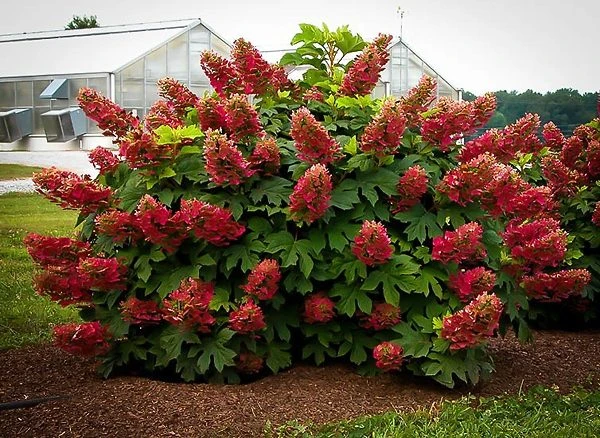
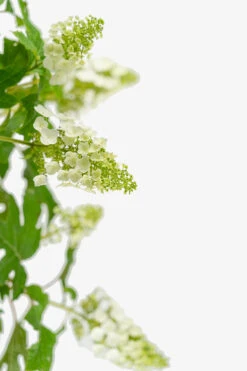
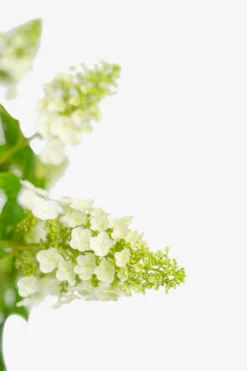
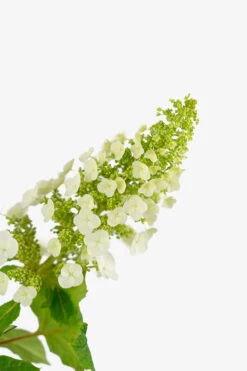
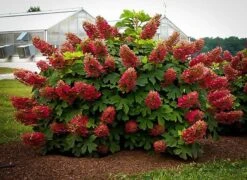
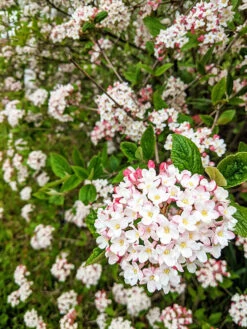
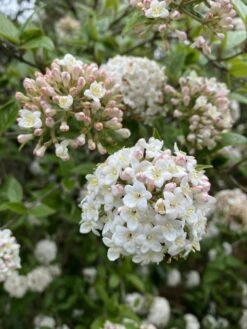





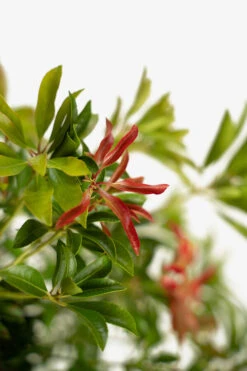


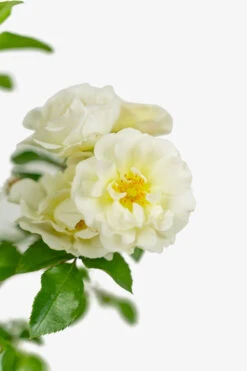
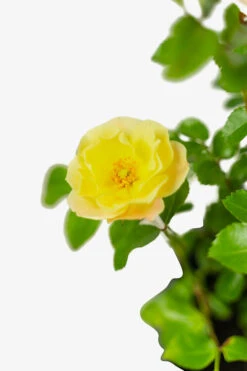

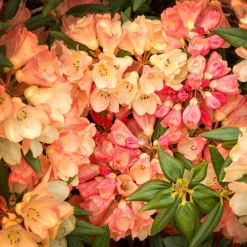
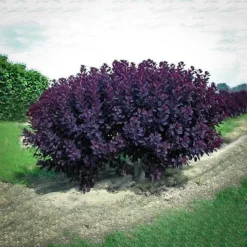
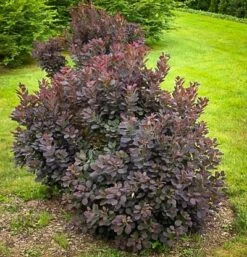
Reviews
There are no reviews yet.